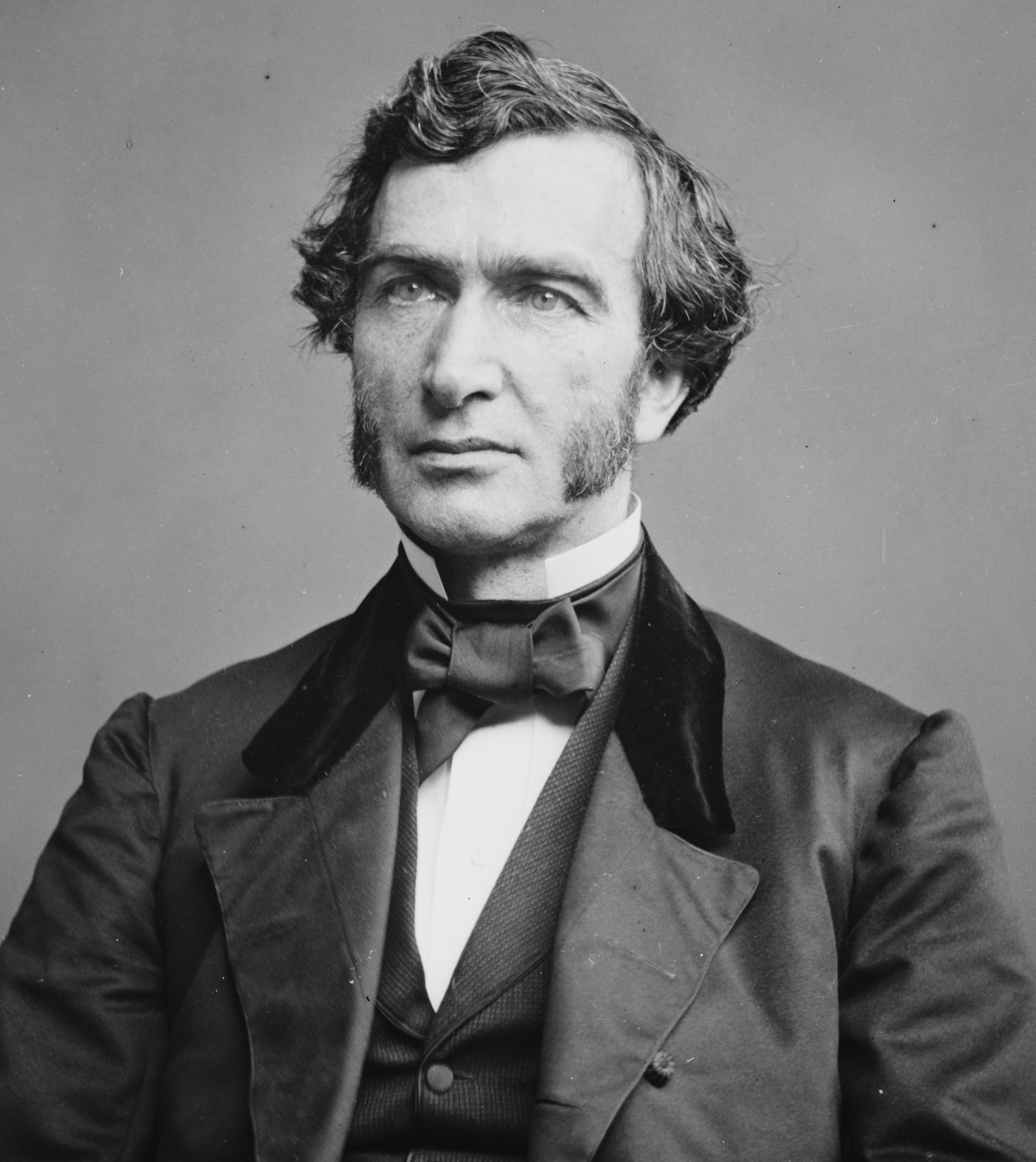A land-grant college or university is an institution that has been designated by its state legislature or Congress to receive the benefits of the Morrill Acts of 1862 and 1890, or the Equity in Educational Land-Grant Status Act of 1994.
The original mission of these institutions, as set forth in the first Morrill Act, was to teach agriculture, military tactics, and the mechanic arts as well as classical studies so members of the working classes could obtain a liberal, practical education.
Over the years, land-grant status has implied several types of federal support. The first Morrill Act provided grants in the form of federal lands to each state. The states used the proceeds from selling those federal lands to establish a public institution to fulfill the act’s provisions. At different times money was appropriated through legislation such as the second Morrill Act and the Bankhead-Jones Act, although the funding provisions of these acts are no longer in effect.
A key component of the land-grant system is the agricultural experiment station program created by the Hatch Act of 1887. The Hatch Act authorized direct payment of federal grant funds to each state to establish an agricultural experiment station in connection with the land-grant institution there. The amount of this appropriation varies from year to year and is determined for each state through a formula based on the number of small farmers there. A major portion of the federal funds must be matched by the state.
To disseminate information gleaned from the experiment stations’ research, the Smith-Lever Act of 1914 created a Cooperative Extension Service associated with each land-grant institution. This act authorized ongoing federal support for extension services, using a formula similar to the Hatch Act’s to determine the amount of the appropriation. This act also requires states to provide matching funds in order to receive the federal monies.
Passage of the first Morrill Act (1862) reflected a growing demand for agricultural and technical education in the United States. While a number of institutions had begun to expand upon the traditional classical studies, agricultural and technical education was not part of most curricula. In addition, higher education was widely inaccessible to anyone except the wealthy and elite. The Morrill Act was intended to provide a broad segment of the population with a practical education that had direct relevance to their daily lives.
The second Morrill Act (1890) sought to extend access to higher education by providing additional endowments for all land-grants, but prohibiting distribution of money to states that made distinctions of race in admissions. However, states that provided a separate land-grant institution for black students were eligible to receive the funds. As a result of this act, the institutions founded or designated as a land-grant institution for black students in each of the then-segregated Southern states came to be known as “the 1890 land-grants.”
A third land-grant act, the Equity in Educational Land-Grant Status Act of 1994, conferred land-grant status to Native American tribal colleges. These colleges are sometimes called the “1994 land-grants,” in reference to the year they were granted land-grant status.
There is one land-grant institution in every state and six territories of the United States, as well as the District of Columbia. Certain states have more than one land-grant institution as a result of the second Morrill Act, and some western and plains states have several because of 1994 land-grant tribal colleges.
Click here to view a map of the land-grant universities.

Justin Smith Morrill, a representative and later a senator from Vermont, sponsored the land-grant legislation that bears his name and is generally credited as having secured its passage. Prior to Morrill’s support for land-grant legislation, Jonathan Baldwin Turner, a Yale-educated farmer, newspaper editor, and college professor, made education for the working class his cause in the mid-19th century. His “Plan for a State University for the Industrial Classes” advanced ideas that are now fundamental to the land-grant system, such as experimental research in agriculture.
Click here to read Justin Morrill’s 1858 speech originally proposing the land-grant university system.
Morrill first introduced a land-grant bill in Congress in 1857, which after much struggle was passed in 1859 only to be vetoed by President James Buchanan. In 1861 Morrill introduced another land-grant bill that increased to 30,000 acres the grant for each senator and representative and added a requirement that recipient institutions teach military tactics. The newly felt need for trained military officers to fight in the Civil War, along with the absence of Southern legislators who had opposed the earlier bill, helped the Morrill Act through Congress in just six months. President Abraham Lincoln signed the first land-grant act into law on July 2, 1862.





Stay Connected
X (formerly Twitter)
Facebook
YouTube
LinkedIn
RSS